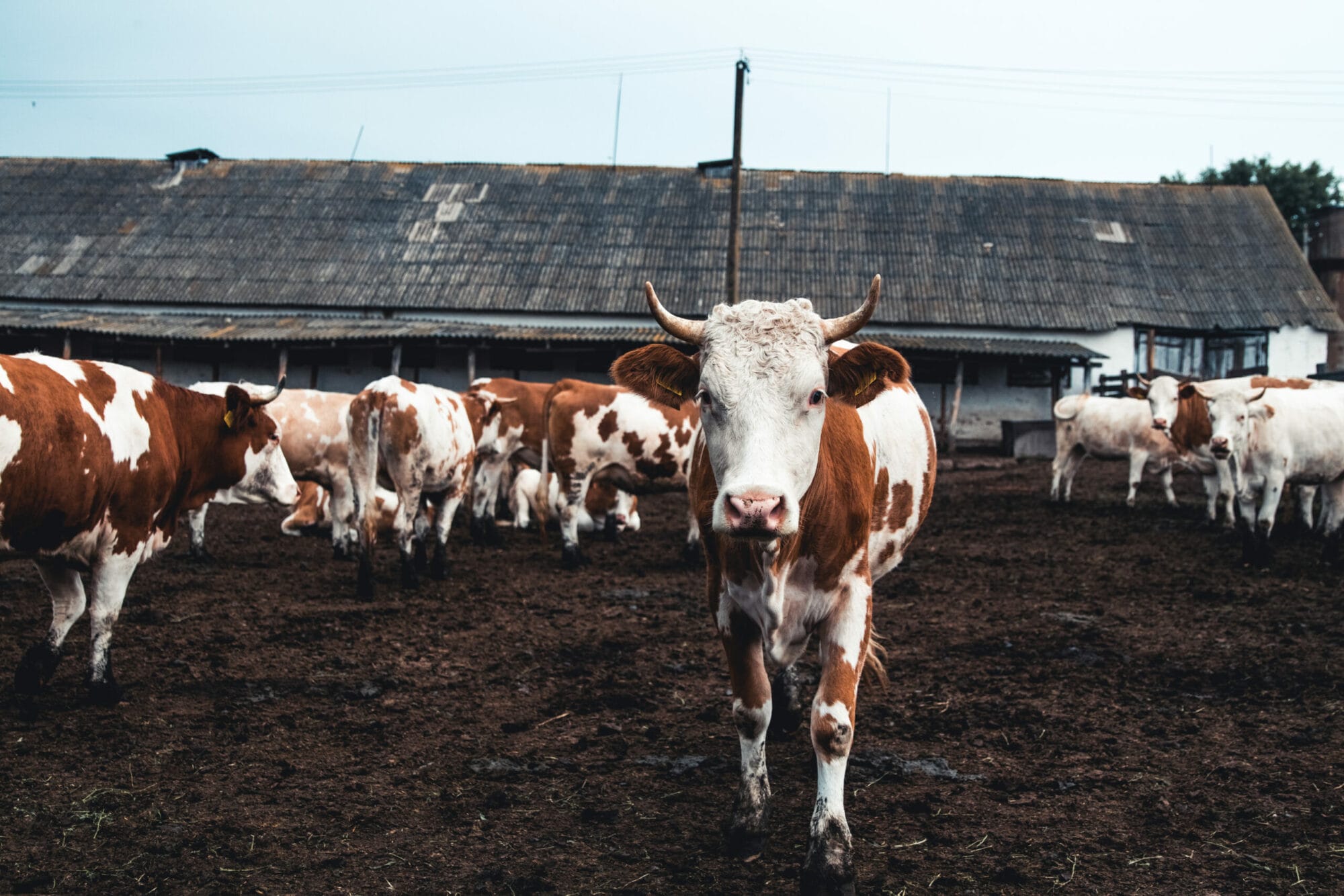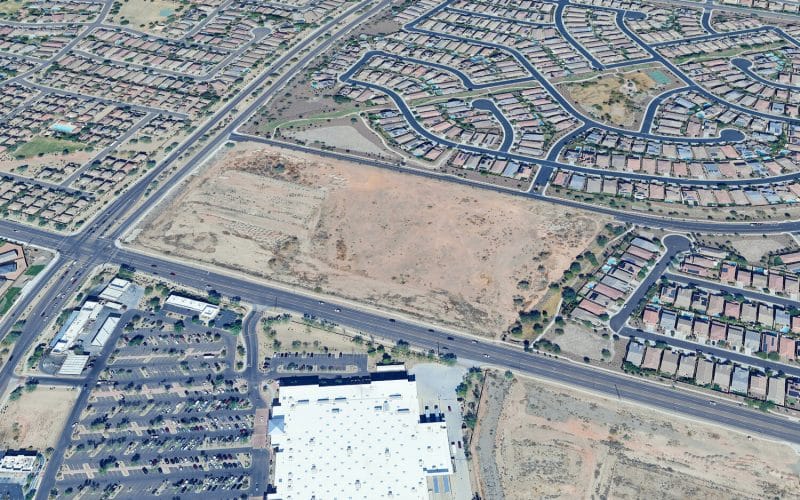(Disclosure: Rose Law Group represents Casa Grande Dairy Co. Farm owner Jim Boyle.)
By Clara Migoya | Arizona Republic
CASA GRANDE — Thousands of gallons of liquid manure sit in the open on 25-foot deep settling ponds at Casa Grande Dairy Co. Farm owner Jim Boyle says he could earn some extra revenue by taking biogas, water and nutrients from the slurry that is flushed twice a day from the dairy’s feedlines.
It is already a growing practice among dairy farms. Instead of letting cow manure decompose in open lagoons or settling ponds, farms send the nutrient-rich waste into an anaerobic digester, an enclosed system that decomposes manure and produces methane, which is later cleaned and sent into a pipeline to produce electricity, heat homes or fuel vehicles.
Methane, a greenhouse gas, is produced by the decomposition of organic matter and can retain 25 times more heat than carbon dioxide. Trapping it and cleaning it can be expensive, but the time for financial incentives is ripe, increasingly rewarded by some climate-smart policies.
About $20 billion from the Inflation Reduction Act will support climate-smart agricultural practices. Federal and state policies, like the Renewable Fuel Standard and the Low Carbon Fuel Standard program in California, give incentives to biogas-producing farms, and both the Department of Agriculture’s Rural Energy Program, and the Natural Resources Conservation Service offer loans and grants for these systems.
But analysis has shown the credit system significantly favors mega farms and big contractors over smaller-scale operations. More importantly, critics say, the incentives miss the mark on sustainability goals and methane-avoidance solutions.








